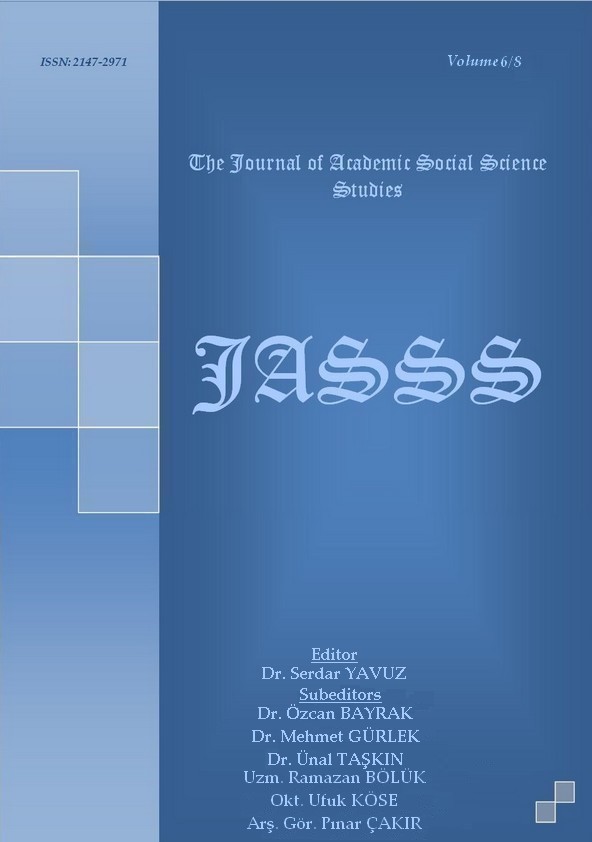Author :
Abstract
Bu çalışmanın amacı Milli Eğitim Bakanlığı tarafından yürütülen “Bu Benim Eserim” proje yarışmasında 2006-2012 yılları arasında dereceye girmiş matematik projelerinin içerik analizini yapmaktır. Çalışmada doküman içerik analiz yöntemi kullanılmıştır. Bu amaçla son altı yıla ait verilerden final sergisine kalmış matematik projeleri hakkındaki bilgilere Milli Eğitim Bakanlığı internet ana sayfasında yer alan “Bu Benim Eserim Matematik ve Fen Bilimleri Proje Çalışması” sayfasından ulaşılmıştır. Çalışma sonucunda seçilen projelerin matematik öğrenme alanlarında dengeli bir şekilde yer almadığı görülmektedir. Öğrencilerin daha çok geometri ve ölçme öğrenme alanlarından projeleri final sergisine kalırken, en az olasılık ve istatistik öğrenme alanlarından projeleri final sergisine kalmıştır. Ayrıca limit, algoritma, collatz sayıları, buren sayıları gibi program dışı çalışmaların yanında değerlendirmeye alınmayacağı belirtilen matematiksel oyun ve tasarımlarında final sergisine kaldığı görülmektedir. Çalışma sonucunda gerek projelerin değerlendirilmesinde sorumlu jüri üyelerin gerekse projenin yürütülmesinde sorumlu kişilerin program dışı projelerin yer alıp almaması konusunda fikir birliğine varmaları, değerlendirme kriterlerinin yönünü belirgin şekilde belirlemeleri öneri olarak sunulmuştur.
Keywords
Abstract
The aim of the study is to carry out the content analysis of the mathematics projects coming in the "This is My Work" project competition carried out by the Ministry of National Education between 2006-2012. The content analysis method was used in the study. For this reason, the information about mathematics projects selected for the final exhibition in last six years was obtained from the web page of “This is My Work The Study of Mathematics and Science Projects” in the internet home page of the the Ministry of National Education. As a result of the research, it was seen that the selected projects were not included in the learning domains of mathematics in a balanced way. The projects about the geometry and assessment learning domains were selected for the final exhibition at the very most. The projects about the probability and statistics learning domains were selected for the final exhibition at the least. Besides, it was seen that extra curricular works such as limit, algorithm, collatz numbers, buren numbers and mathematical games and designs indicated not to be evaluated were selected for the final exhibition. As a result of the study, it was suggested that both the jury members responsible for the evaluation of projects and people responsible for the execution of the project should arrive at a consensus whether extra-curricular works take part in the competition and determine prominently the evaluation criteria.





